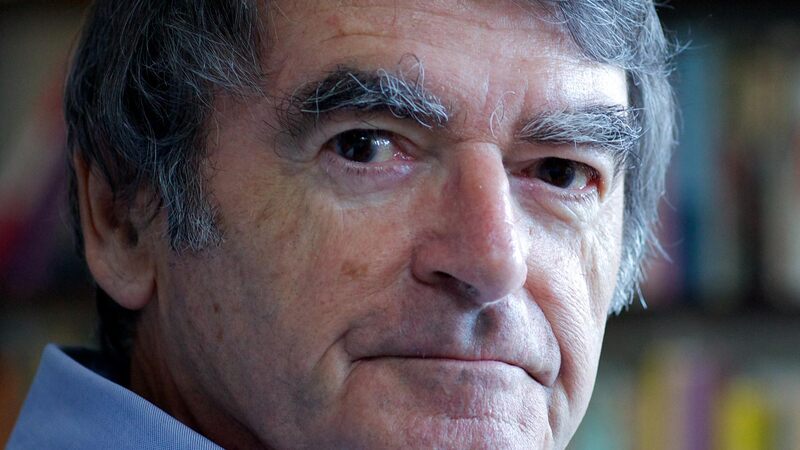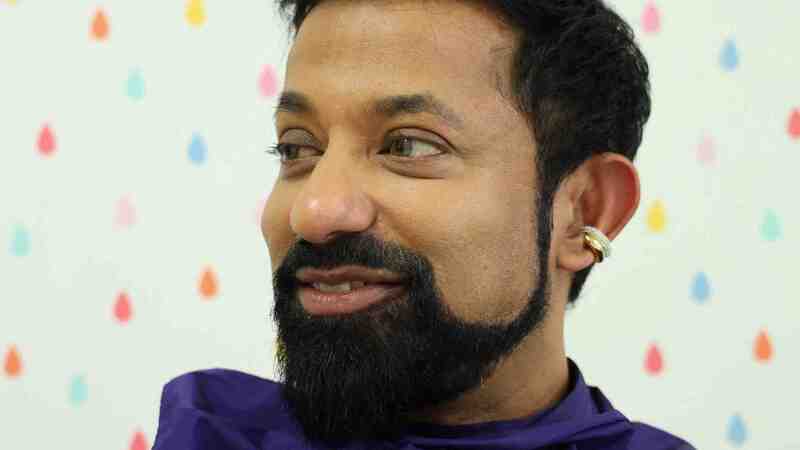You are viewing your 1 free article this month. Login to read more articles.
Don't give up on men
The challenge of men and boys reading has been around for some years now, with a lack of engagement with fiction in particular becoming a generally accepted truth. Many recent articles state that as much as 80% of fiction is bought by women. Others have highlighted a widening of the gender reading gap that worsened during lockdown, and the dearth of boys taking English at A level – suggesting that something dramatic and damaging is happening in early adolescence to turn boys away from reading, ensuring that many of them never come back.
No doubt, the issue is multi-faceted. We can look to the popularity of gaming, the ease of watching endless TV, and the busy-ness of work as reasons for reading as a hobby to have declined. There are also cultural issues around problematic masculinity that denigrates more introspective pastimes, men not reading books by women, and even bullying (the case of Callum Manning reminded me of my own school days).
Obviously the book industry can’t solve this on its own. But there are plenty of good reasons for all of us to try, and to lead the charge of re-engaging men with fiction.
First among them is a pure economic and financial argument. By encouraging more boys and men to read, publishers stand to grow their businesses and sell more to a nascent market. But there’s also benefits around emotional intelligence, health and empathy. Without lurching into trite cliché, I do believe it’s true that reading encourages us to experience other lives, learn more about ourselves and engage with the world on a different footing. The more men turn away from fiction, the more they’ll lose that – perhaps at a time when they need it more than ever.
As I see it, there are three ways that the book industry can move on this, and bring boys and men back to books.
1. Solve the marketing challenge
Yes, solving the marketing challenge is integral to almost every problem publishing faces around audience engagement, discoverability and sales. However, in this case I feel that the answer is closer to hand than many might think.
Part of the issue here is that areas of the book industry have come to accept that millions of people don’t buy its product (generally when that happens, the problem isn’t the people). While few may admit it, I’ve had far too many conversations that featured throwaway lines about male reading habits and men generally not liking newly published novels (classics are often viewed differently). If there ever was a choice between fiction and Fortnite, they vote with their thumbs.
By challenging some entrenched beliefs about male readers and undertaking some audience insight work, publishers could proactively target male readers and change tactics accordingly. That may mean building full persona portraits of different reader types, informed by buying triggers and barriers, tastes and media preferences. Maybe it’s just rethinking the channels books are marketed on (no better time to do that than now). Or looking at how books are pitched, particularly to younger men and those from different backgrounds to the ‘traditional’ book buyer.
Whatever’s the answer, it’s worth finding it. While books aren’t innately better or more worthy than other entertainment mediums, they do offer something uniquely valuable. We want boys to grow up to be more empathetic, emotionally intelligent, engaged and in tune with different lives and experiences. Vast numbers are not accessing one of the best ways to achieve that.
2. Abandon our assumptions
I’ve been working in books since 2002, variously as a bookseller, publisher and author. During my time I’ve noticed a general shift take place in what it’s believed that men read. If you take a Father’s Day promotion table as a sample, then it’ll likely be a lot of non-fiction (sport, humour, true crime, serious Gladwell-alike stuff), then a bit of crime and sci-fi. Plus jokey gifts, games and those mugs that look like camera lenses.
The truth is that men like and read all types of books, and have always done so. But very few know what’s coming out, what might appeal to their tastes and who the emerging authors are that they should be getting into – a problem of awareness that gets substantially harder for men who aren’t on Twitter.
Classic ‘male writers’ whose popularity peaked in the late 90s and early 00s wrote about family, life, love and home in an accessible, entertaining way. That appetite for fiction that deals with relatable experience and issues remains. Recently Jonathan Dean wrote about the bromantic book club trend, and I’ve noticed from publishing my own books that men want to read novels that deal with life inside and out of their own experience.
Today, that can be found in the fiction of writers like Okechukwu Nzelu, whose debut The Private Joys of Nnenna Maloney takes on growing up, family and place. Or Nina Stibbe, who writes with great humour about funny, flawed, real people. While the novels of Mike Gayle, Mick Herron, Candice Carty Williams and many more all have something to offer the male reader.
Taking a step back and rethinking what fiction might get men back into books is a worthwhile step for any publisher that wants to grow their audience.
3. Start ‘em young
Every year or so there’s a report or a set of findings about young people and reading. And every year it makes for grim reading if, like me, you worry about boys and men drifting away from the written word. Recently, in an interview with The Times, Nick Hornby said that his son has read ‘about four books’ and that he didn’t see much of an issue with it. TV is where the cultural conversation is now.
He may well be fine with that. But it’s not a world I’m particularly comfortable with. I have a young son who loves stories, and I find it troubling that at some point in the next ten to fifteen years something may well happen to change that. Meanwhile many young boys will rarely access books or bookshops at all.
Addressing this rests in part on what books boys are shown. While I’m loathe to tap into the boys/football thing, books written by role models can make a huge difference. I was delighted to hear about the forthcoming book by Musa Okwonga and Ian Wright, which is exactly the kind of novel that will show many young men that reading is for them. Elsewhere, there has been positive news about the popularity of audiobooks, creating another area where the industry can focus as we try to ensure that as boys become men, they take books with them.
Of course, the book industry can’t change trends around men and reading alone. Education, the media and men themselves have to be part of it. But whether your interest is economic, cultural or health-based, the case for more male readers is evident. Come this time next year I would love to see that 80% number rebalanced through more men picking up a new novel.
Jamie Fewery’s latest novel, The Way Back, is out now in paperback and e-book.
















